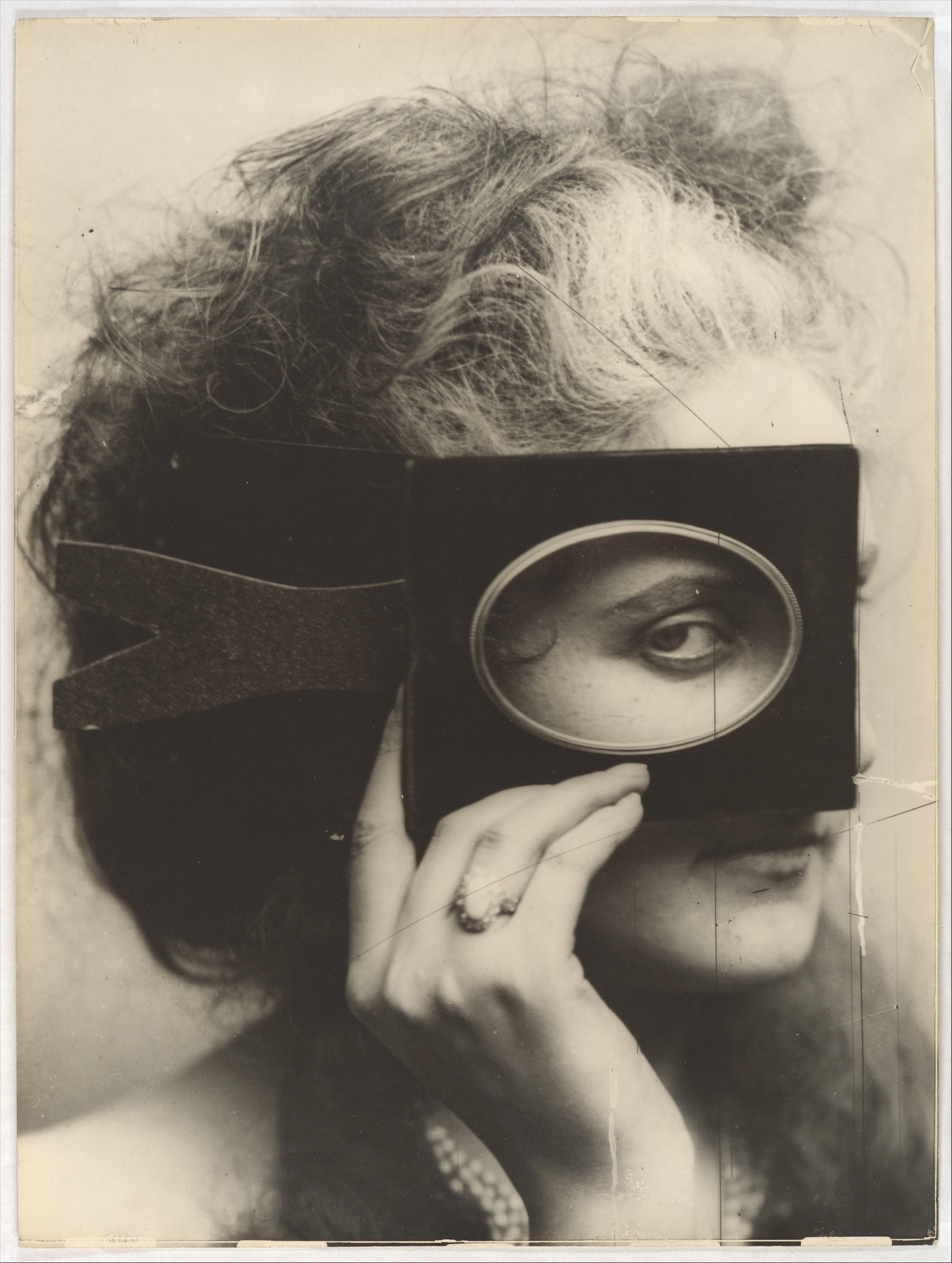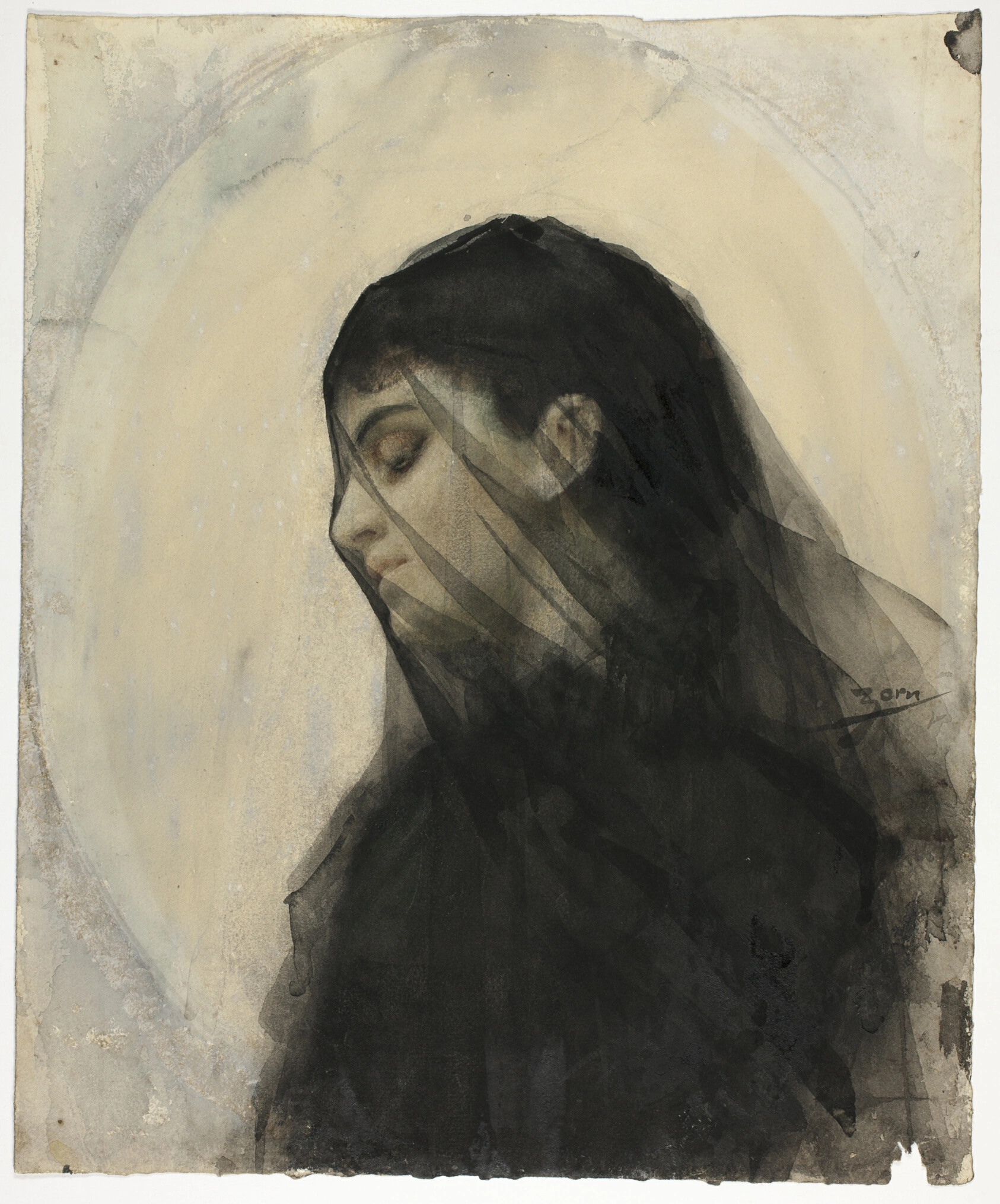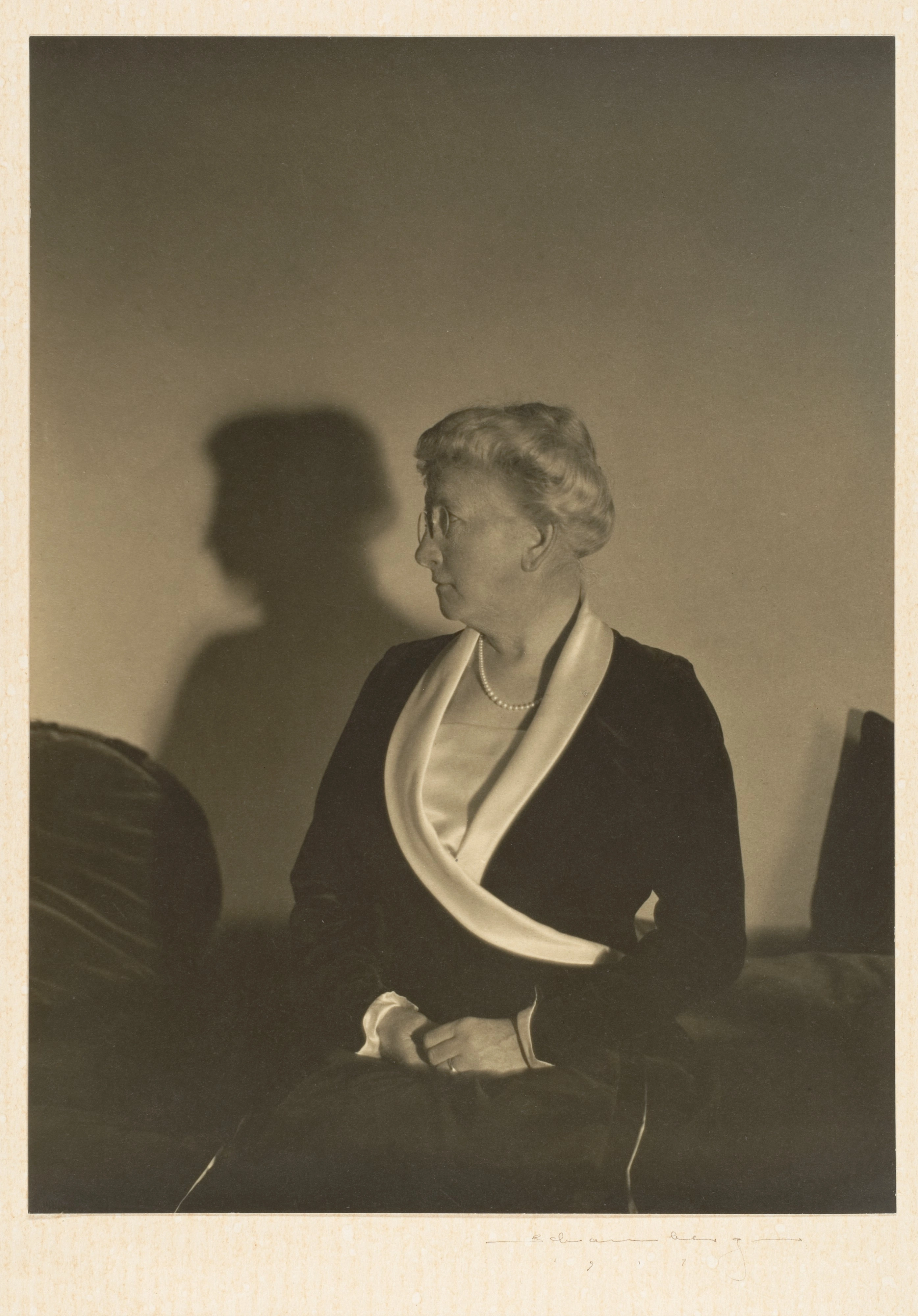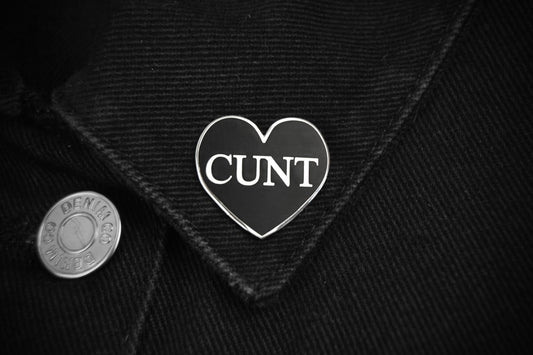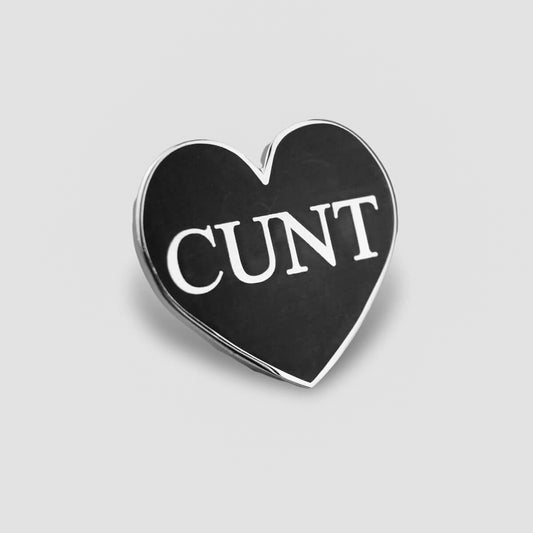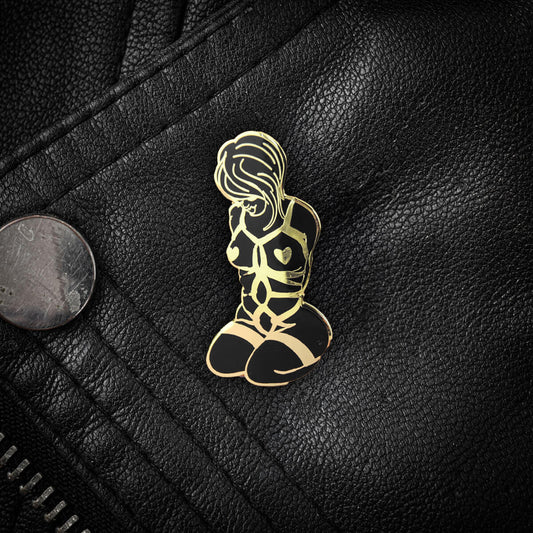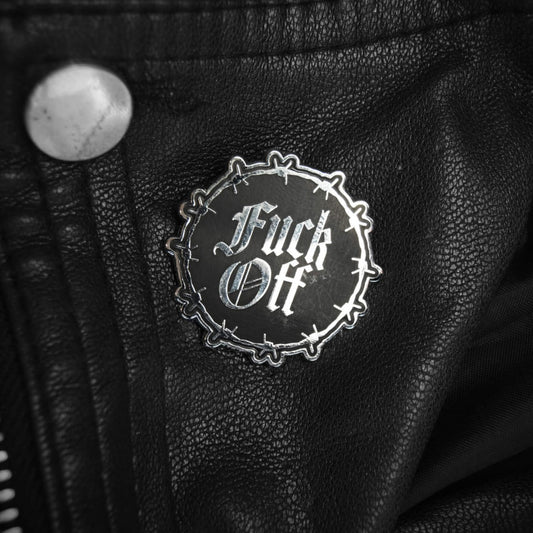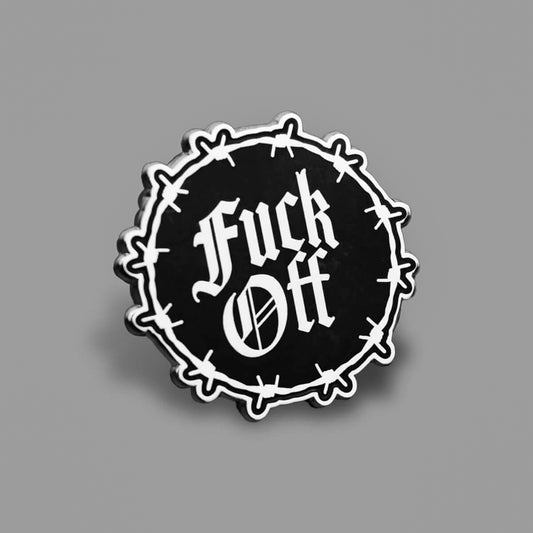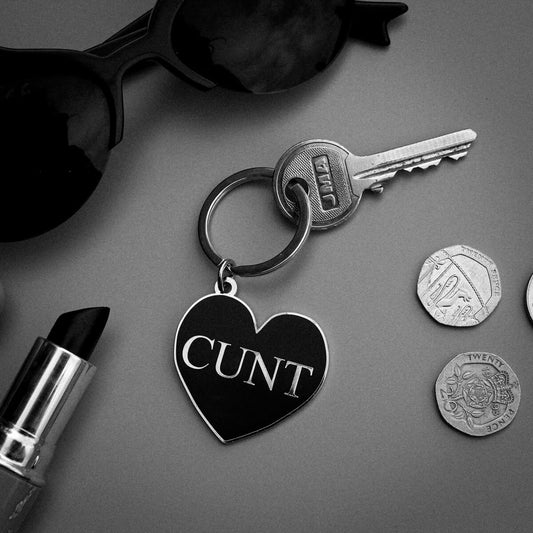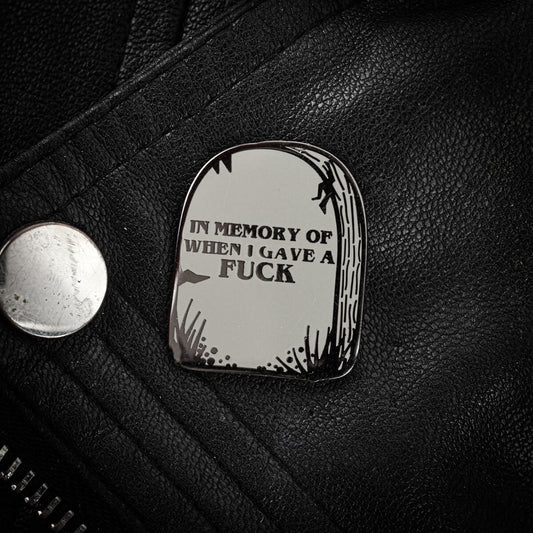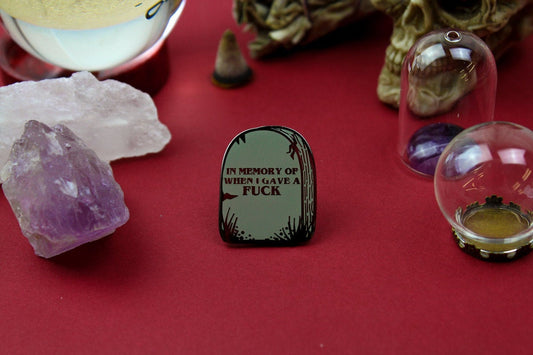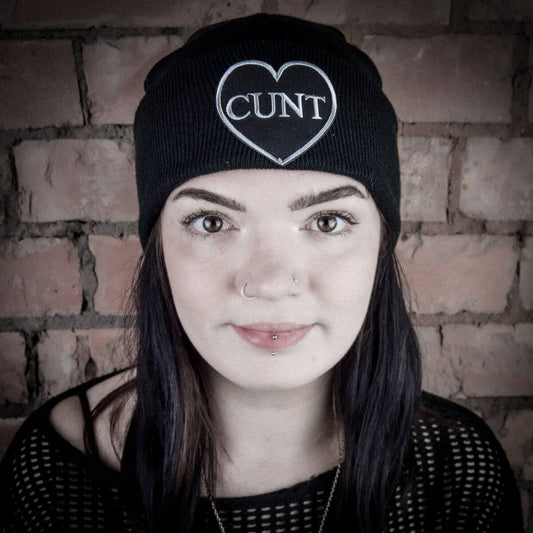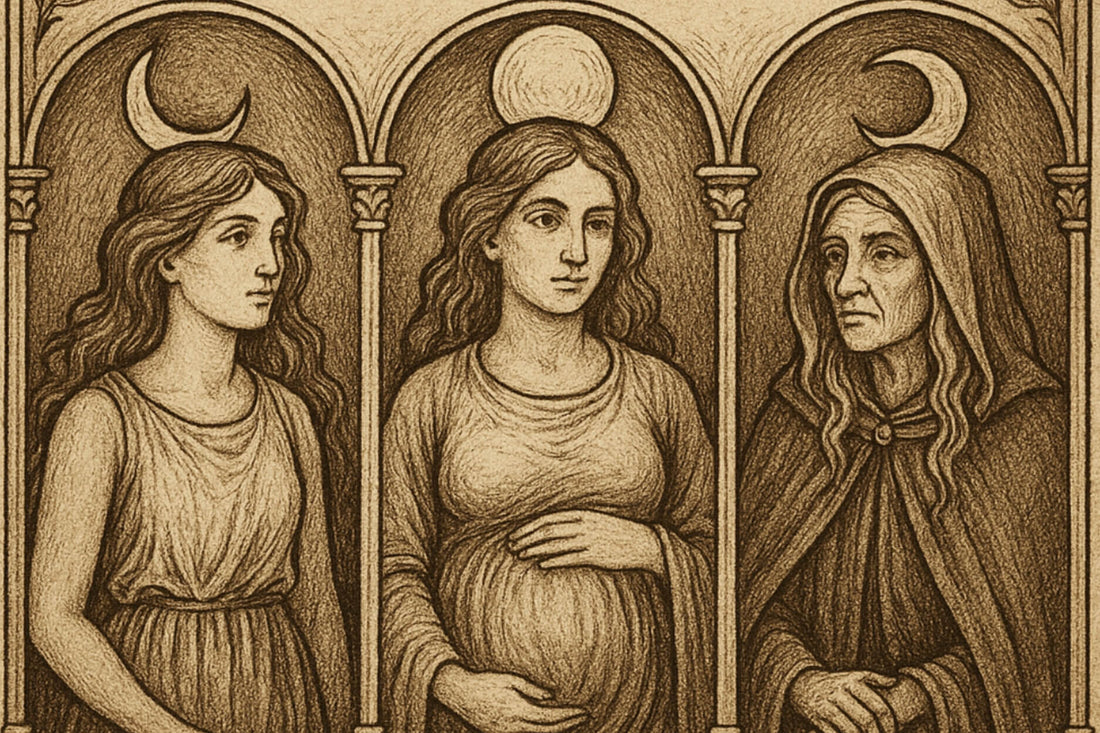
Who Are The Triple Goddesses?
Share
Walk into almost any Pagan or hippy head shop and you’ll see her everywhere. She appears in statues with three faces, in silver jewellery etched with the waxing, full, and waning moon, and in chants at moonlit rituals. She is the Triple Goddess: Maiden, Mother, and Crone.
But who is she really? Is she an ancient goddess resurrected from forgotten temples? A modern invention? Or is she something else?
The answer is layered, but one thing is clear: the Triple Goddess has become one of the most recognisable and workable figures in modern Paganism and Wicca.
Key Points
- The Triple Goddess is a modern framework: Maiden, Mother, and Crone - inspired by Robert Graves’ The White Goddess and developed in Pagan practice, not an unbroken ancient tradition.
- Each aspect is ritually workable: the Maiden for beginnings and independence, the Mother for creation and abundance, the Crone for wisdom and endings.
- Ancient parallels exist: such as Hecate, the Morrígan, and the Norns - but the modern Triple Goddess is a synthesis, not a direct survival from antiquity.
- She is both contested and adaptable: some see her as empowering, others critique her as limiting, but many Pagans reinterpret her archetypes as energies anyone can work with.
The Triple Goddess as a Framework
The Maiden, Mother, and Crone model is simple on the surface: three stages of feminine life mapped onto three phases of the moon. The waxing crescent is the Maiden. The full moon is the Mother. The waning crescent is the Crone. Together, they express the cycle of life: youth, maturity, and age.
The idea was popularised in Robert Graves’ The White Goddess (1948), where he claimed to identify a universal muse-goddess appearing in triple form. His scholarship has been picked apart by historians - Ronald Hutton calls it “a work of poetic fantasy rather than academic rigour.” But that doesn’t make it useless. In fact, it struck a chord with Pagan practitioners who found in it a powerful spiritual map.
The Triple Goddess is less about historical accuracy than about resonance in ritual. She speaks to lived experience: we are born, we grow, we decline, and we return to the cycle again. Pagans seized on this as a working model of the Goddess in her wholeness.
1930; Pierre-Louis Pierson - Scherzo di Follia - metmuseum.org
Working with the Maiden
The Maiden is youth, independence, and the thrill of new beginnings. She is the waxing moon climbing in the sky, the first shoots of spring, the spark of sexual awakening, the daring of adventure.
In ritual, practitioners invoke the Maiden for courage, love, and new projects. A solitary witch might light a single white candle under the waxing moon and call on her before starting a new job, relationship, or magical practice. In covens, she may be invoked during spring festivals like Ostara, when the earth itself seems to be in her Maiden phase - alive with new growth and possibility.
But the Maiden isn’t all sweetness. She is also Artemis the huntress, Kali in her destructive independence, or the Morrígan as a young battle-goddess. To work with her is to tap into youthful daring, but also the risk-taking that can border on recklessness. Practitioners often speak of her as a reminder to trust their instincts, to act boldly, and to embrace freedom.
Anders Zorn, Swedish, 1860-1920 Head of a Veiled Woman, artic.edu
Working with the Mother
If the Maiden is potential, the Mother is fruition. She is the full moon, the high summer sun, the ripening of crops, and the swell of pregnancy. Her domain is fertility, protection, abundance, and the fullness of life.
In Wiccan rituals, the Mother is often honoured at Beltane, a festival of fertility and passion. Offerings of flowers, wine, and bread may be given to her, with prayers for love, family, or creative projects. She is also invoked in healing rituals, where her nurturing aspect is called upon to restore strength and balance.
For many Pagans, the Mother embodies not only literal motherhood but also the act of creation in all its forms. She is the goddess of artists bringing visions to life, of communities building together, of witches raising energy to heal the land. In this sense, she transcends biology. Any act of creativity can be seen as Mother work.
But she too has her shadows. The Mother is protective, but she can also be smothering. She nurtures, but she can also consume. Some practitioners experience her as a fierce guardian, more lioness than gentle mother figure. She defends what is hers with fire. Working with her means recognising both the comfort and the ferocity of maternal power.
1917, Morton Schamberg, Portrait Study, metmuseum.org
Working with the Crone
The Crone is the most feared and misunderstood of the triad. She is the waning moon, autumn, and the approach of death. She is the one who ends things, who cuts the thread, who stands at the crossroads with secrets in her hands.
In ritual, the Crone is often invoked at Samhain, the festival of the dead (one of the Eight Sabbats of Wicca). Practitioners call on her to aid in divination, to honour ancestors, and to guide them through endings. She is present in banishing rituals, in shadow work, and in the painful but necessary act of letting go.
Her symbols are owls, ravens, cauldrons, and the dark moon. She is Hecate, guardian of the crossroads; Cerridwen, keeper of the cauldron of wisdom; the Morrígan in her deathly form.
Working with the Crone is never comfortable, but it is vital. She forces practitioners to face mortality, to release what no longer serves, and to learn from pain. Those who honour her often speak of her as a teacher who strips away illusions, leaving only truth.
In many covens, initiatory rituals are framed as Crone work. Death of the old self, rebirth into the mysteries - these are her gifts. She may be feared, but without her, the cycle cannot continue.
Triple Goddesses Across Traditions
Though the Maiden-Mother-Crone model is modern, echoes of triple goddesses appear in ancient mythologies.
- Greek:Hecate was depicted as three-formed, standing back to back, each face gazing down a different road. Persephone, Demeter, and Hecate also form a seasonal triad.
- Celtic:The Morrígan often appears as a trio of battle-goddesses. Brigid was sometimes worshipped in three aspects.
- Norse:The Norns - Urd, Verdandi, and Skuld - represent past, present, and future, spinning the fate of humans and gods alike.These are not identical to the Maiden-Mother-Crone. But they gave modern Pagans imagery to build upon. Practitioners often borrow freely, calling on ancient triads through the lens of the Triple Goddess.
Debates
Not all Pagans embrace the Triple Goddess. Some prefer to work with individual goddesses from specific pantheons. Others argue the Maiden-Mother-Crone framework is too narrow, reducing women’s lives to reproductive stages.
Feminist critique has been especially sharp here. What about women who are childfree, queer, or who don’t fit neatly into those roles? What about men and non-binary people who also work with goddess energy?
The response from many practitioners is adaptation. Some reinterpret the archetypes as energies anyone can embody. The Maiden becomes independence and new beginnings. The Mother becomes creativity and nurturing. The Crone becomes wisdom and endings. In this way, the triad expands beyond gender roles into universal spiritual forces.
But there are also those who reject the model outright, calling it artificial or limiting. And that’s fine. Wicca and modern Paganism are pluralistic enough to allow for many ways of working with divinity.
The Triple Goddess in Modern Practice
For those who do embrace her, the Triple Goddess is woven into ritual life.
- Altar tools: Statues of the three forms, moon symbols, or artwork showing three women in different ages.
- Moon rituals: The waxing moon for Maiden work, the full moon for Mother rites, the waning moon for Crone invocations.
- Festivals: Ostara for the Maiden, Beltane and Lammas for the Mother, Samhain for the Crone.
- Personal devotion: Meditation on each aspect, journaling with the archetypes, or making offerings under the appropriate moon.
In many covens, ritual invocations call on all three, often with the chant:
“Maiden, Mother, Crone - be with us now.”
The point isn’t to prove whether the Triple Goddess is ancient or modern. The point is to experience her in practice. And countless practitioners testify that she responds. Whether as a literal deity, an archetype of the unconscious, or a force of nature, she speaks.
Conclusion
So, who are the Triple Goddesses?
They are not a single ancient survival, nor a strict historical figure. They are a modern synthesis, born from poetic imagination, shaped by Pagan practice, and empowered by ritual.
The Maiden, Mother, and Crone are stages of life, aspects of the moon, powers of the Goddess, and energies anyone can call upon. They guide practitioners through beginnings, fullness, and endings. They teach courage, creation, and wisdom.
The Triple Goddess may not have a continuous lineage from the past, but in practice, she has become one of the most powerful spiritual frameworks in modern Paganism. She is lived, invoked, and honoured. She challenges and comforts. She destroys and renews.
Whether she is archetype or deity, she endures because she speaks to human experience. Life itself is triple-formed: birth, growth, and death. To honour her is to honour that cycle - and to live it with awareness.
